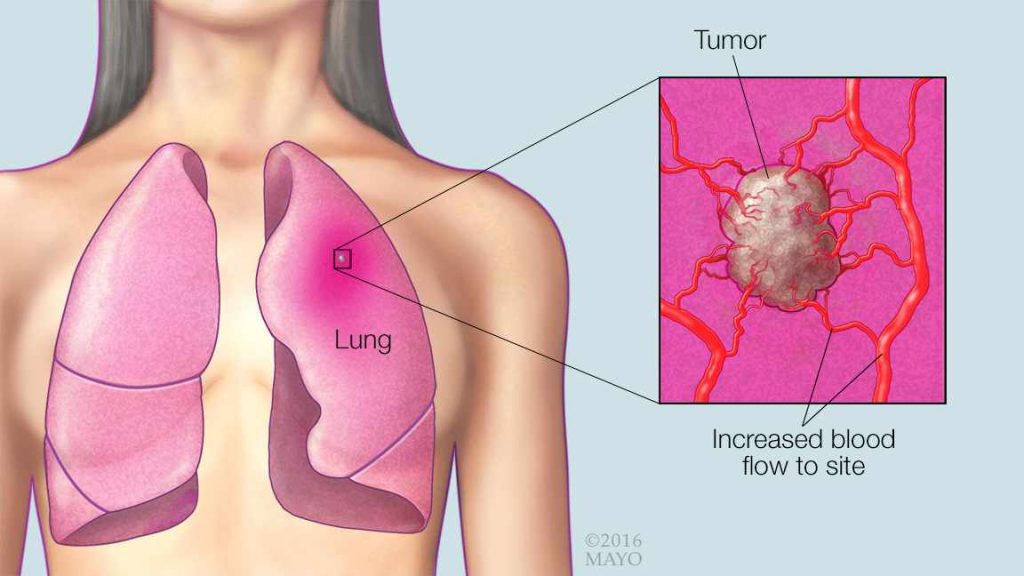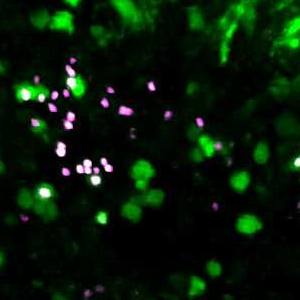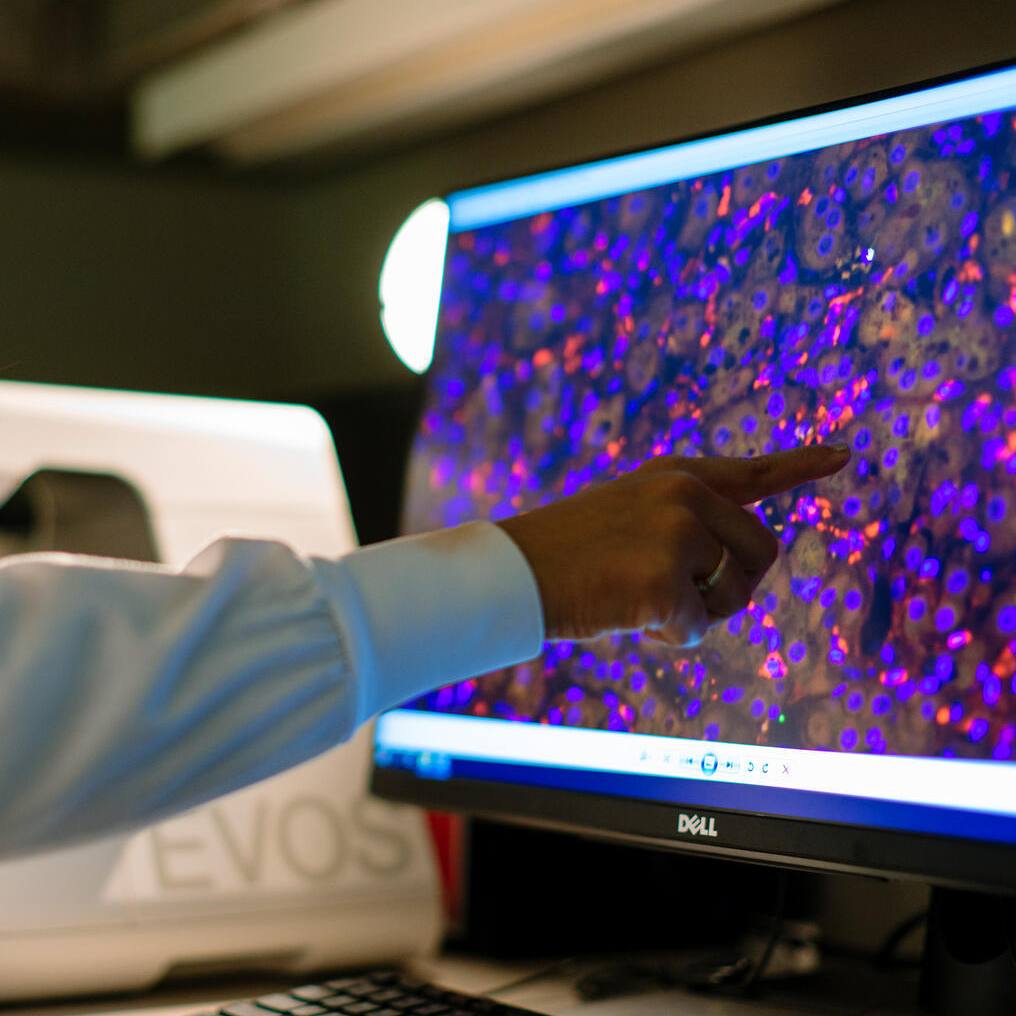-
Mayo Clinic Q and A: Pinpointing A Specific Cause of Lung Cancer Isn’t Possible

DEAR MAYO CLINIC: My brother-in-law has never smoked, but was diagnosed with late-stage lung cancer at the age of 45. He was told there is no way to determine what caused it, even though he had a biopsy. What are some of the things that cause lung cancer?
ANSWER: It’s true that pinpointing a specific cause of lung cancer based on biopsy results — or any other lab test, for that matter — isn’t possible. A likely cause often can be assumed, though, based on a person’s lifestyle, medical history and environmental factors. Smoking is, by far, the most common cause of lung cancer, but it certainly isn’t the only one.
As it has been for many years, lung cancer remains the leading cause of cancer deaths in the U.S. for both men and women. Smoking causes the majority of lung cancers. People who smoke are nine times more likely to get the disease than those who do not. That’s because when cigarette smoke enters the lungs, it almost immediately begins to damage cells that line the lungs. At first, the body can repair that damage. But, as exposure to the toxins in cigarette smoke continues, the damage increases. Over time, that can trigger abnormal changes in the lung cells that can lead to lung cancer.
But, lung cancer is not just a smoker’s problem. People who live or work around smokers, or who otherwise have sustained exposure to cigarette smoke over time, are also at an increased risk for lung cancer. Secondhand smoke, as this exposure is called, includes breathing smoke that a smoker exhales, as well as inhaling smoke that comes from a burning tobacco product. The smoke contains a wide range of chemicals known to cause cancer, including ammonia, butane, carbon monoxide, cyanide and lead, among others.
Although the research is not definitive at this time, other forms of smoking also appear to raise the risk of lung cancer, including smoking marijuana and using e-cigarettes. Basically, anytime you inhale toxins, you raise your risk for lung cancer.
Another factor that has been associated with lung cancer is long-term exposure to radon gas. Radon is created by the natural breakdown of uranium in soil, rock and water. Over time, it becomes part of the air you breathe. In areas prone to radon, the gas can build up within homes and other buildings. If you live in an area where radon is known to be a problem, it’s a good idea to have your home tested for it. If the level of radon is high, there are ways to bring it down to a safer range.
Working or living around other substances known to cause cancer can increase the risk of developing lung cancer, too. Examples of these kinds of substances include asbestos, arsenic, chromium and nickel.
Finally, in some cases, a family history of lung cancer may raise an individual’s risk for the disease. In particular, the risk seems to go up most in people who have a parent, sibling or child with lung cancer.
Anyone who is concerned about the possibility of developing lung cancer should talk to his or her doctor. He or she can assess an individual’s overall risk. In people who are at high risk, tests such as CT scans may be appropriate to look for signs of lung cancer before symptoms appear. — Dr. Eric Edell, Pulmonary and Critical Care Medicine, Mayo Clinic, Rochester, Minnesota







